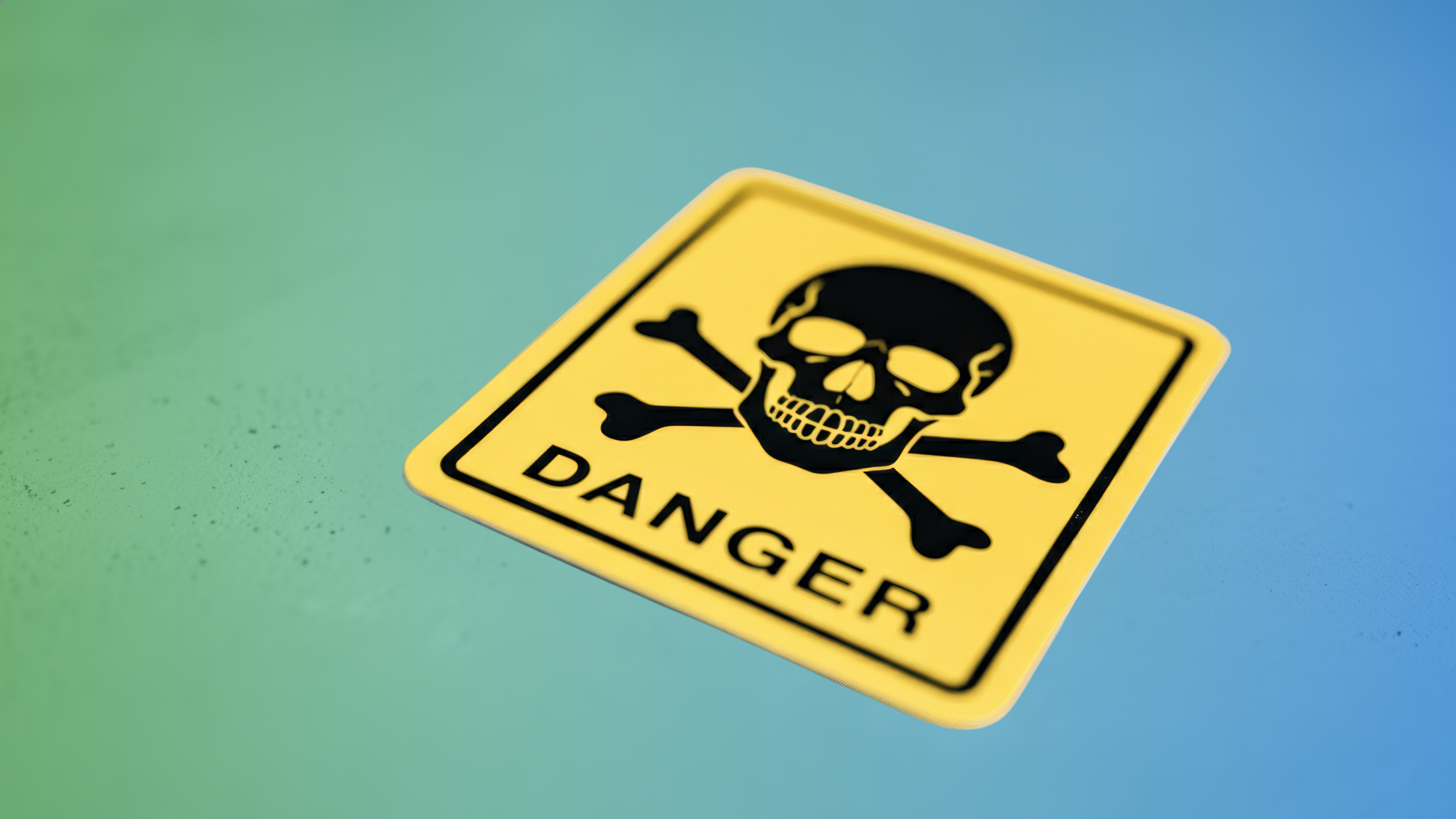One of the first lines of defense when it comes to workplace safety is knowing what hazards exist. While this sounds simple enough, an important part of the equation is encouraging employees to always be on the lookout for additional hazards that are previously unknown. That’s the only way employers can address the risk those hazards create. But what kind of information should be included on hazard reporting forms? Let’s take a closer look at how any business can create a hazard reporting form and what should be included in one.
Hazard Location
Needless to say, the location of a new hazard is considered critical information. Without the exact location, other employees won’t be able to know when they should be concerned. The more detailed the location of the hazard, the better. Of course, if the hazard can be found in several locations or throughout the workplace, that’s pertinent information to include in the hazard report form as well.
Description of Hazard
Obviously, it’s also important to include a full description of the hazard itself. As always, the more specific and descriptive an employee can be on the form, the better. Everyone at the company needs to know exactly what the hazard is and how it can be harmful to them. It’s important for no key details about a new hazard be left out of the report.
Time and Circumstance of Discovery
It’s always worth mentioning just when and how a new hazard was discovered. What were the circumstances of the discovery? What was the employee doing? What is the date and time that the hazard was discovered? In some ways, this information can be just as important as the location of the hazard when it comes to handling the new hazard moving forward.
Type of Hazard
Just in case it’s not obvious from all of the other information being provided, the reporting form should have a place for the type of hazard that’s been discovered. This could be a physical hazard, a biological hazard, a chemical hazard, or even an ergonomic one. This might sound like basic information, but it’s important to include.
Health and Safety Risk
This part of the hazard reporting form doesn’t always need to go into great detail because there will be time for that later. However, the employee reporting the hazard should be clear about why they think the hazard poses a health or safety risk, as well as how it poses a risk. For this part, it’s okay to be a little more general. However, it’s important to be clear about why this hazard poses a risk.

Potential Mitigation
If possible, the employee reporting a new hazard should offer an idea of how to mitigate a hazard. Keep in mind that if it turns out to be a serious hazard, safety leaders will be able to look into more in-depth. But it never hurts to give a first impression of how a hazard can be mitigated going forward.
Supervisor Signature
Finally, it’s essential that any hazard reporting form ends with the signature of a supervisor or company leader. This will ensure that someone in a position of power is aware of the safety hazard and that the wheels are in motion to learn more about it and mitigate the new hazard as much as possible.
Putting Safety First
Of course, hazard reporting forms are just one step companies can take to put safety first. Many businesses choose to implement a formal safety management system, such as the one offered by EHS Insight. Our software is able to put every element of occupational safety on the same platform, making it easier to do everything from reporting hazards to providing safety training and even keeping up with compliance. It’s truly a one-stop solution for occupational safety.

